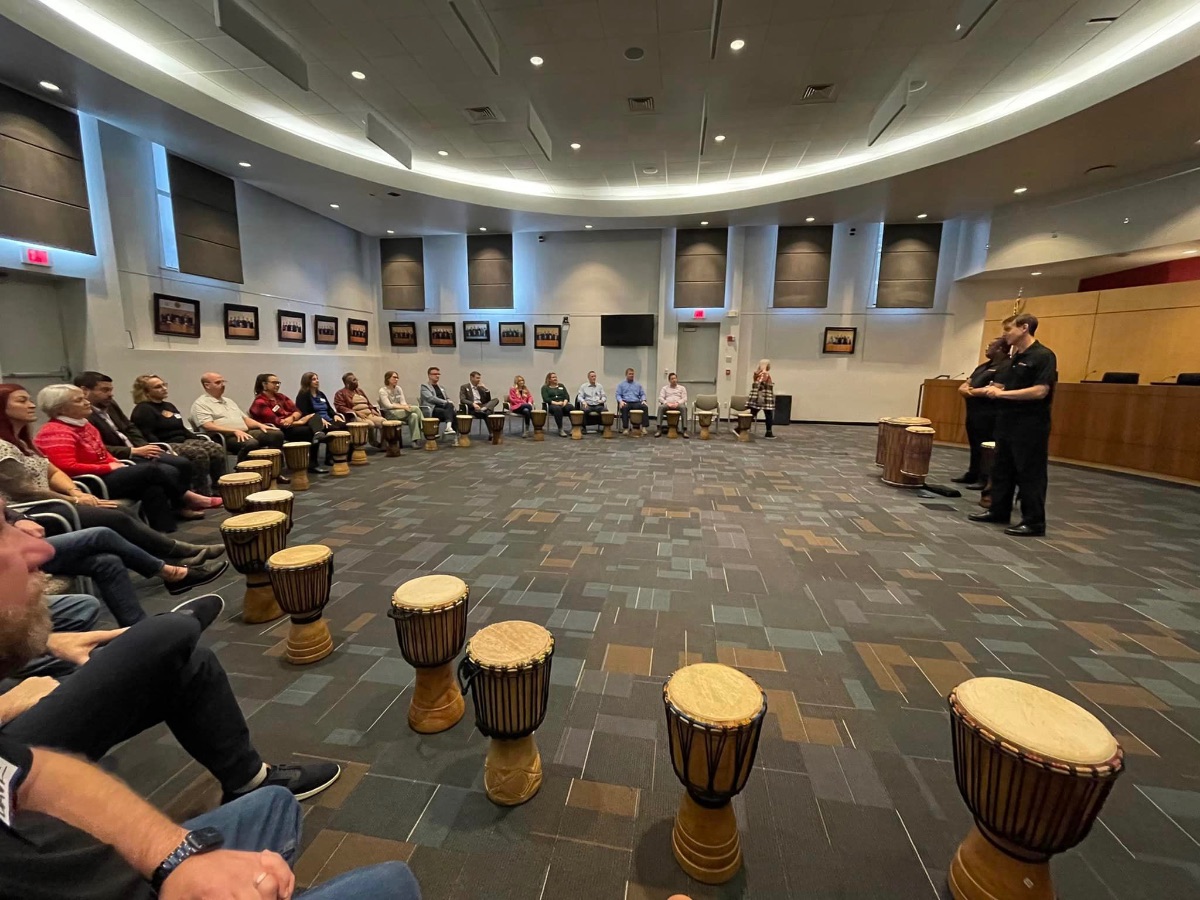Music is a powerful metaphor for diversity, equity, and inclusion. From the way we value the unique voice of each instrument, to the equity inherent in a balanced microphone mix, we can directly apply the lessons we learn from music to what it means to create a culture that values DEI. Here are a few examples of how the metaphor of music applies to diversity, equity, and inclusion.
Diversity
Does every instrument in an ensemble look the same or sound the same? No. Does every instrument play the same part, at the same time, all the time? No. So, we don’t pretend that every instrument is the same. Instead, we recognize that each instrument is different. In fact, we value those differences because it’s the differences that make the music sound rich and textured. In the same way that it’s the diversity amongst the instruments that make for a strong musical performance, a study released in Economic Geography found that companies with diverse leadership were more likely to come up with innovative products than those lacking in diversity. Similarly, companies with one or more female board members produced a higher return on equity and net income growth than those with all-male boards.
Equity
Not every instrument is starting from the same place in terms of how loud it can play. We acknowledge that when we’re balancing the microphone mix, and we don’t set the dials to the same number for a drum set and a flute. We seek to create an equitable balance, because that’s what makes the music sound good for everyone (including both the drummer and the flautist). In the same way, we can seek to create an equitable balance in our organizations when assigning resources, offering opportunities, and awarding promotions. According to the Harvard Business Review, companies in the top quartile for equitable distribution of management opportunities across diverse employees were 35% more likely to generate returns above their industry average.
Inclusion
Is the spotlight continually shining on just one instrument? Does that make for an interesting and engaging ensemble? Or does it sound better when we seek to create an environment in which each instrument has the opportunity to make its unique and individual contribution? In our organizations, this connects to creating a culture in which employees are heard, recognized, and valued for the unique strengths and perspectives they bring to the table. Inclusion generates engagement, and engagement generates results. According to author Hejab Azam, organizations with high engagement rates beat industry averages for profit margins, revenue growth, and shareholder returns.
Music also has the added leverage of being experiential. We may intellectually know that DEI is a valuable idea, but music gives us a way to bring that knowledge to life through our direct experience. According to cognitive scientist David Kolb, for knowledge to be serviceable, it has to be learned through experience. Music leverages the difference between learning about and having an experience of. Through music, we can go beyond learning about the value of DEI and have a direct experience of the value of DEI.
To bring the power of music as a metaphor to your team, ask us about our experiential DEI training programs. We’ll put a drum in the hands of each of your team members and create an engaging, inspiring, and uplifting experience! Contact Sewa Beats at connect@188.166.14.110 or 1-800-273-1465.




